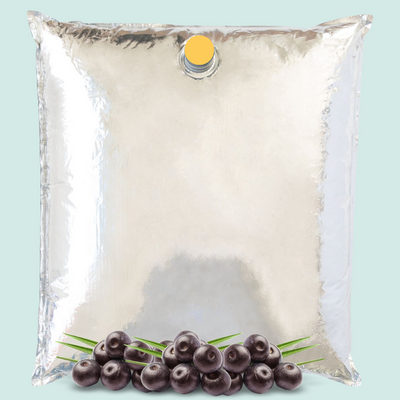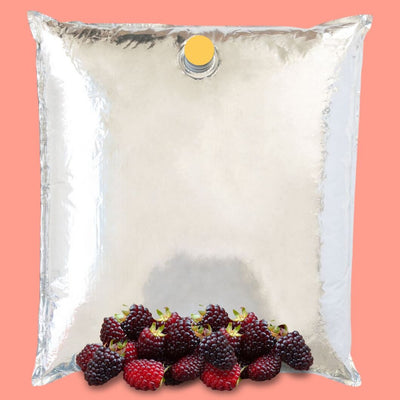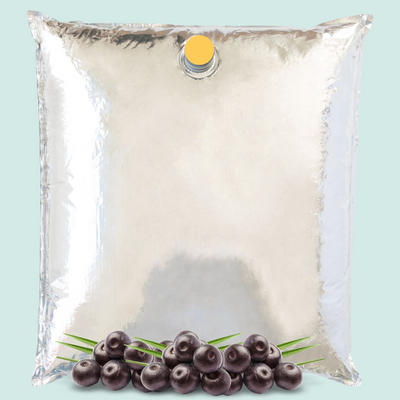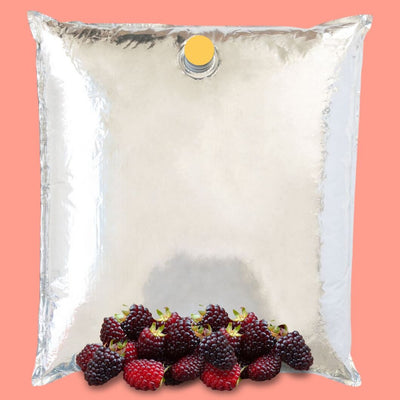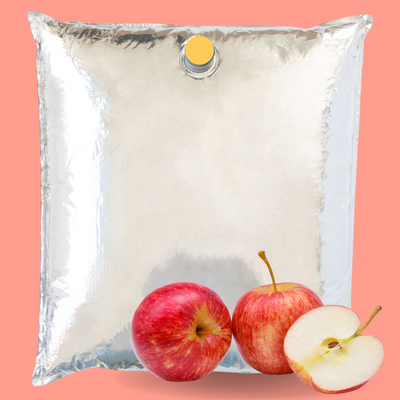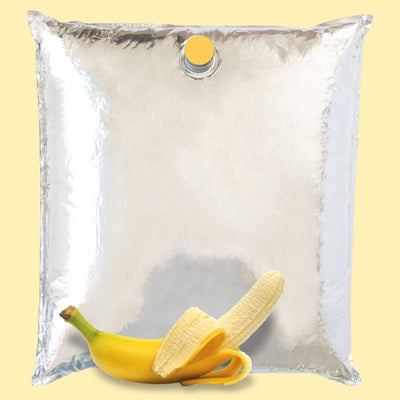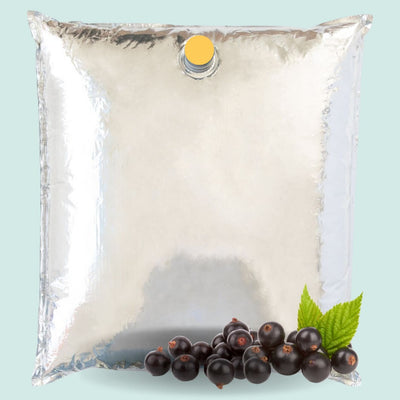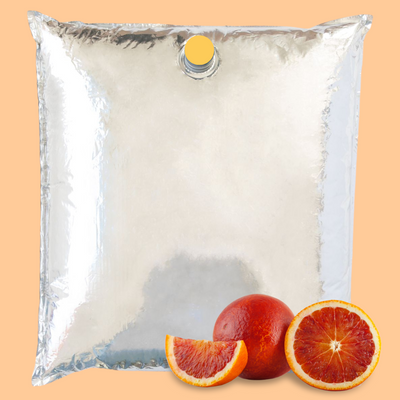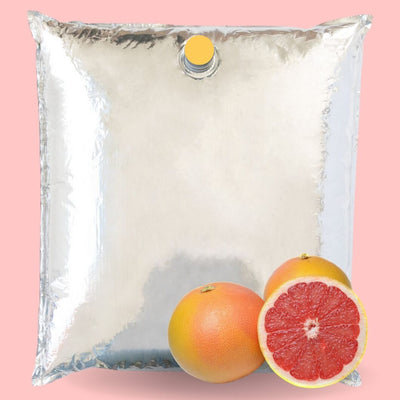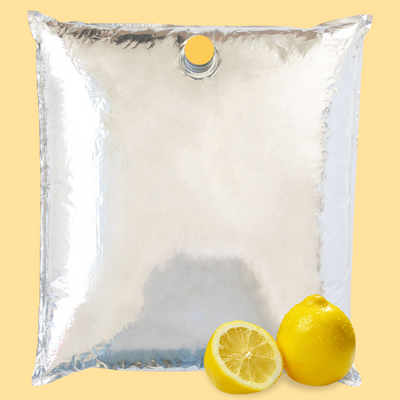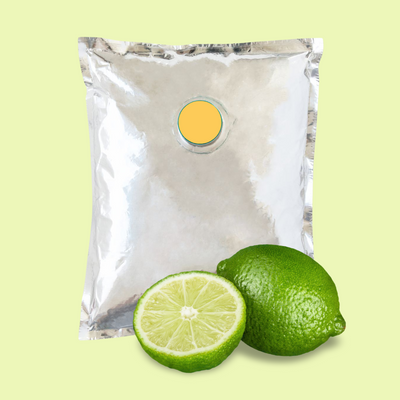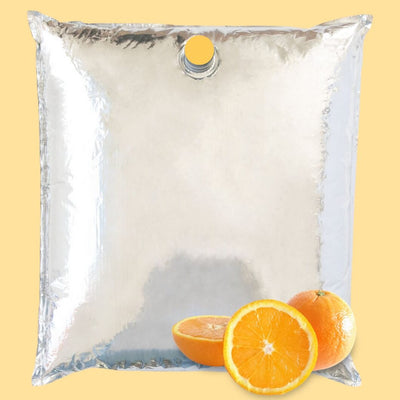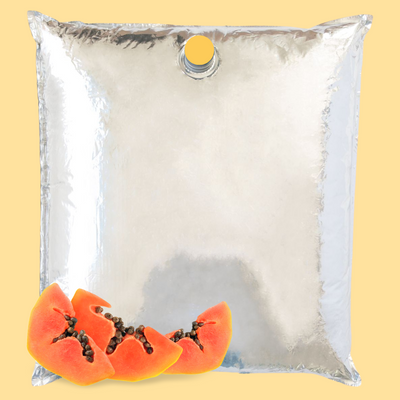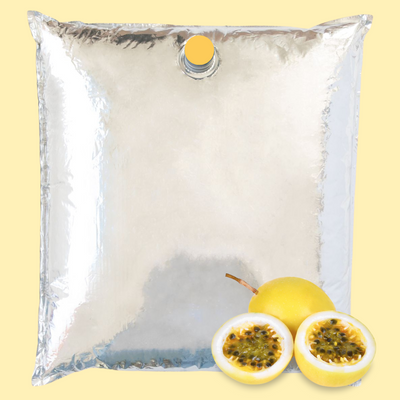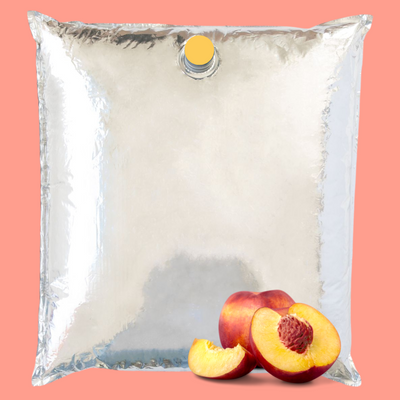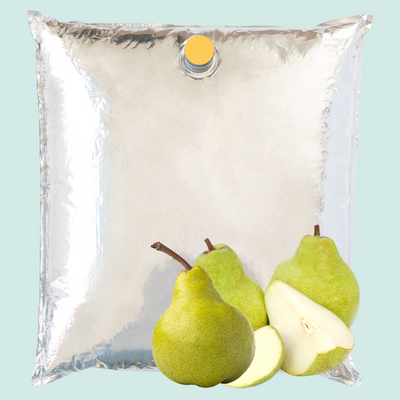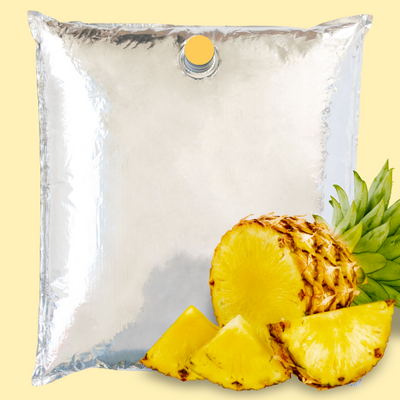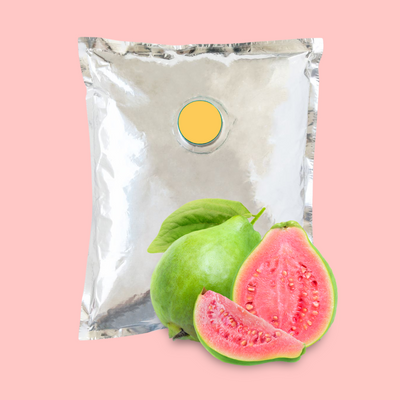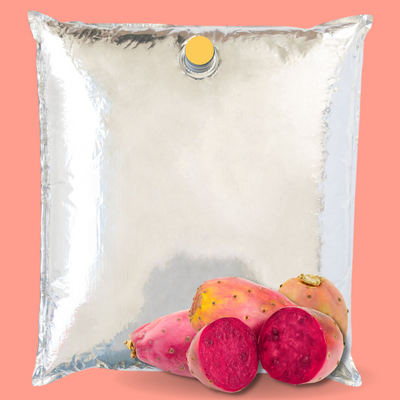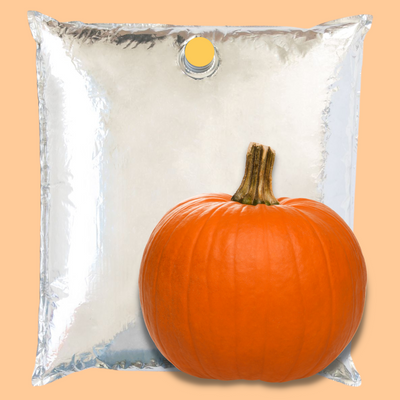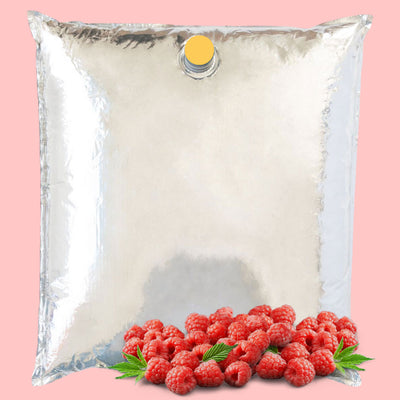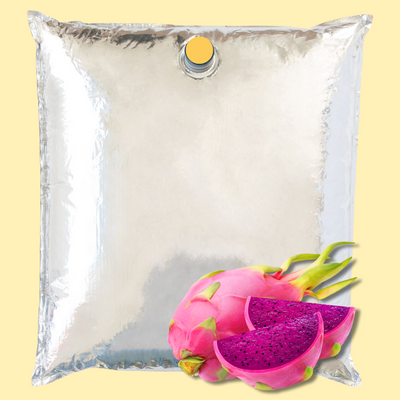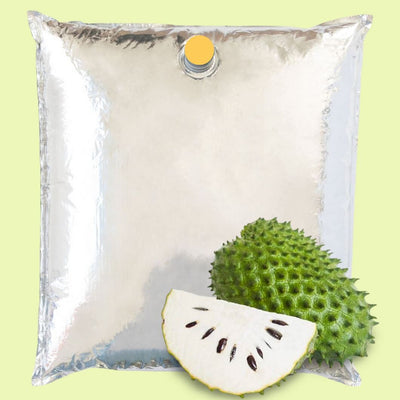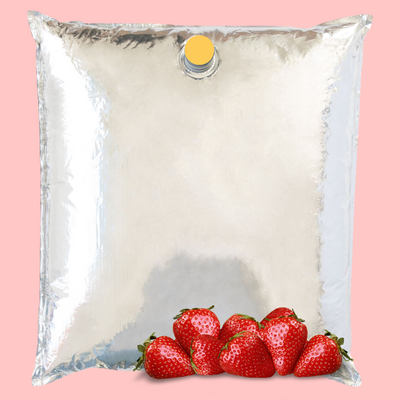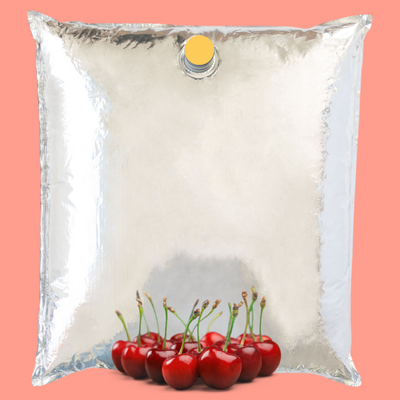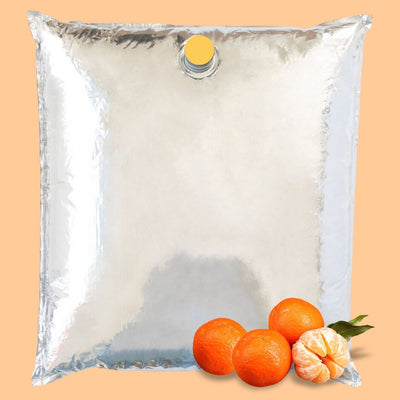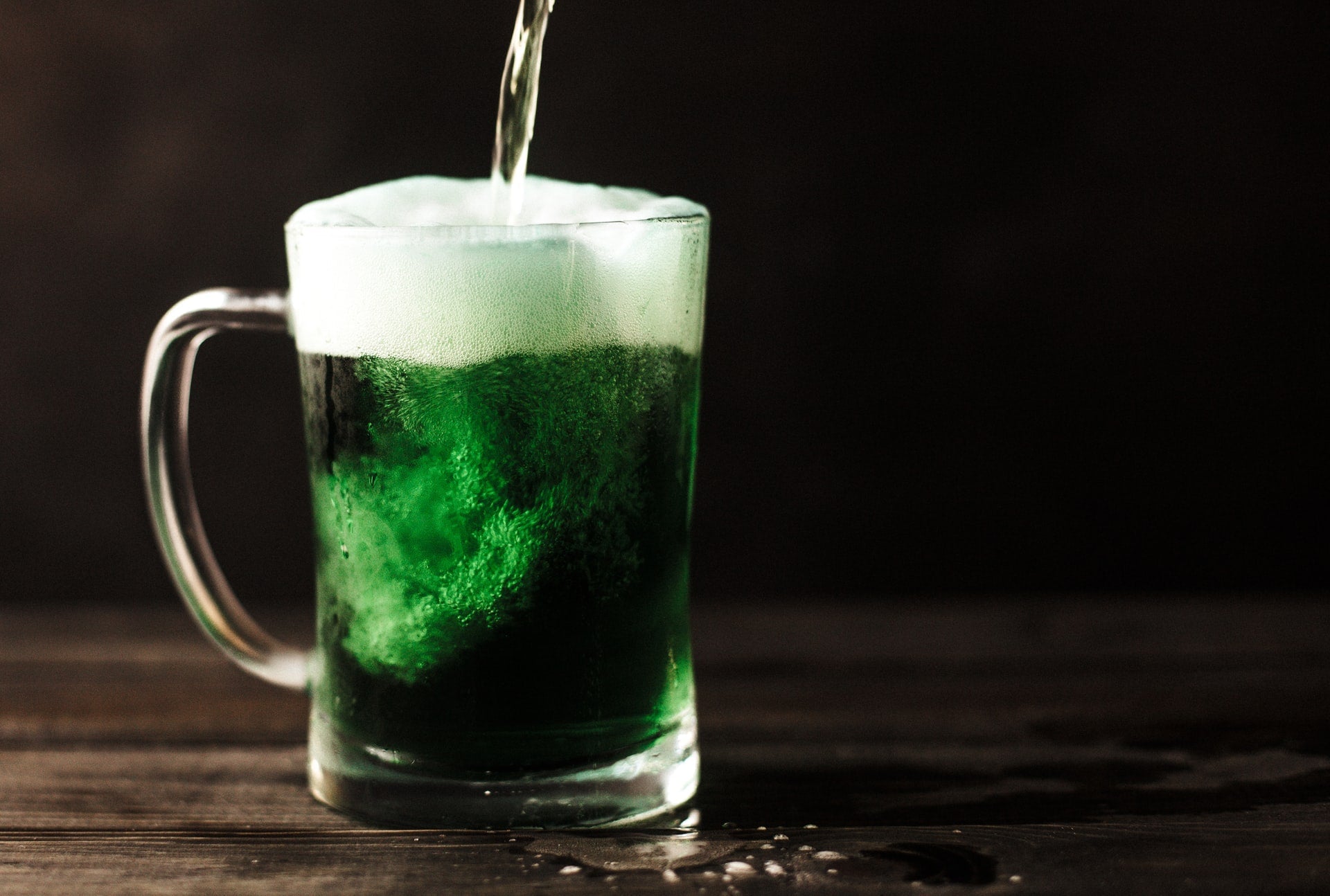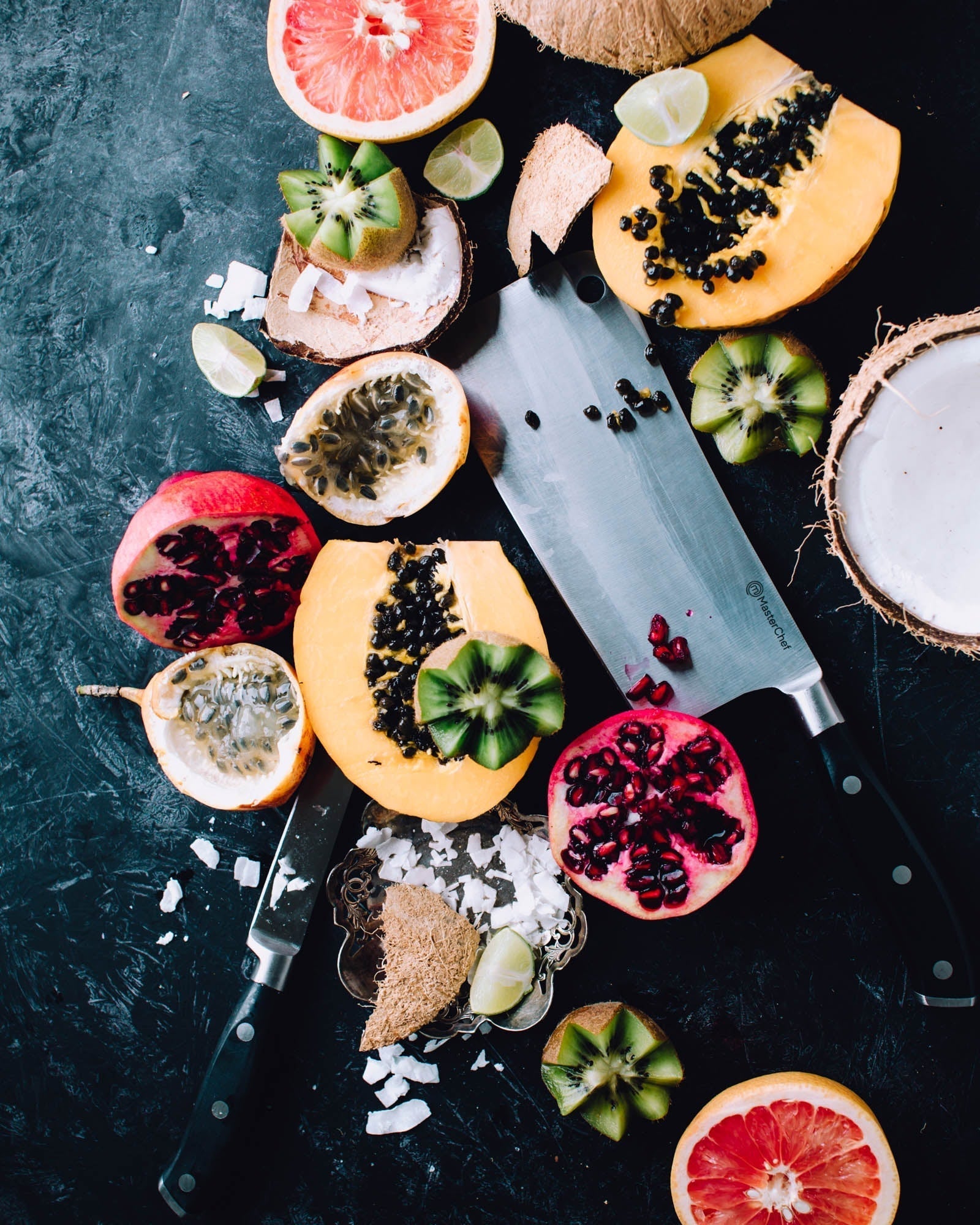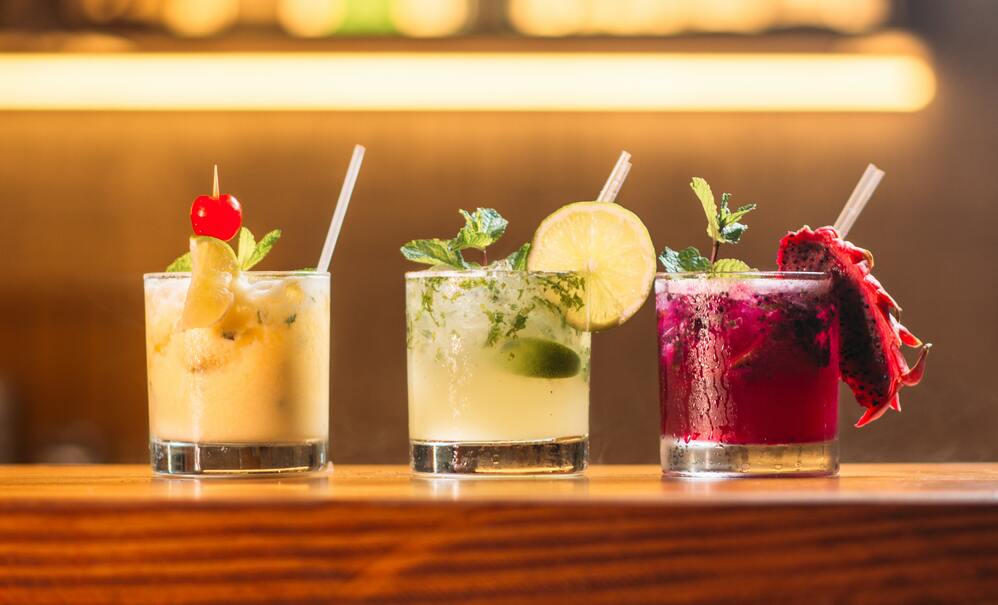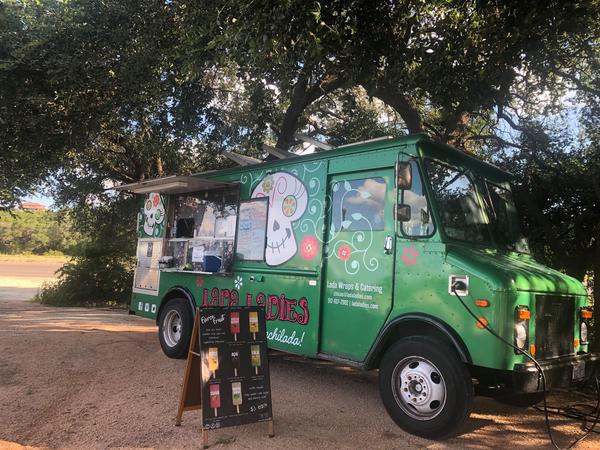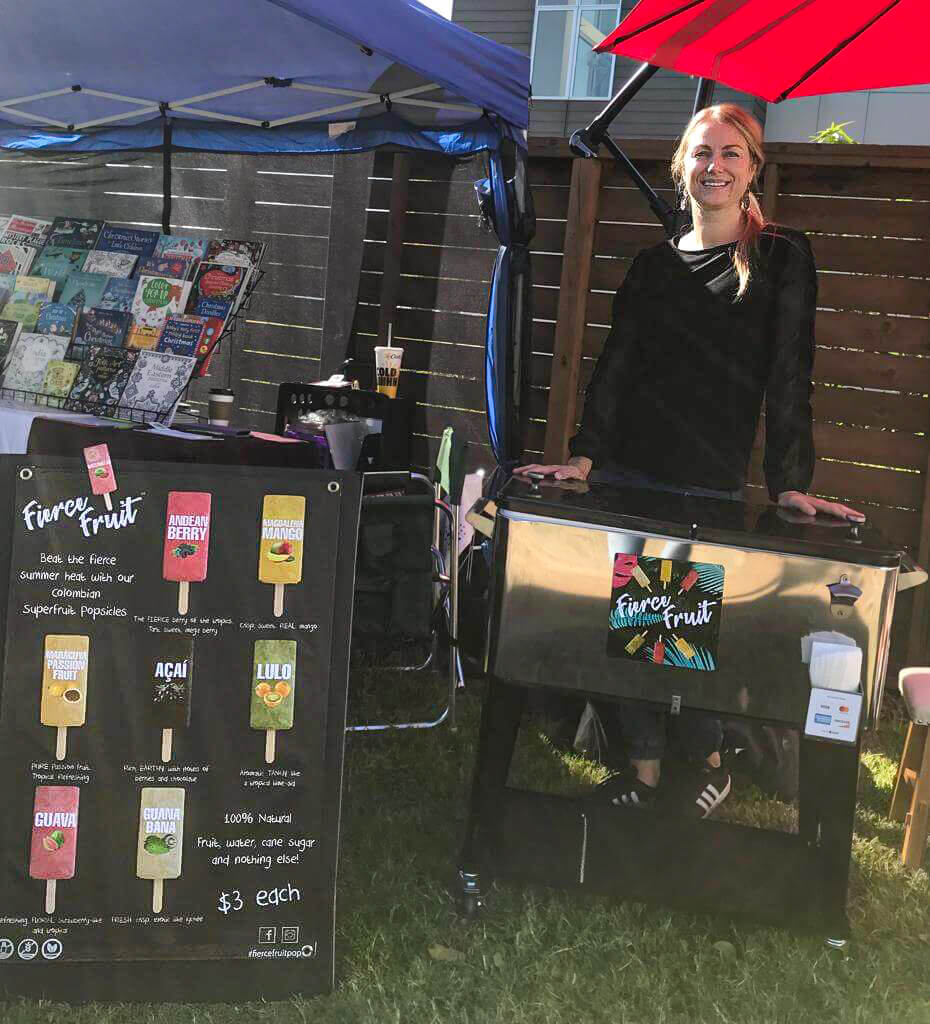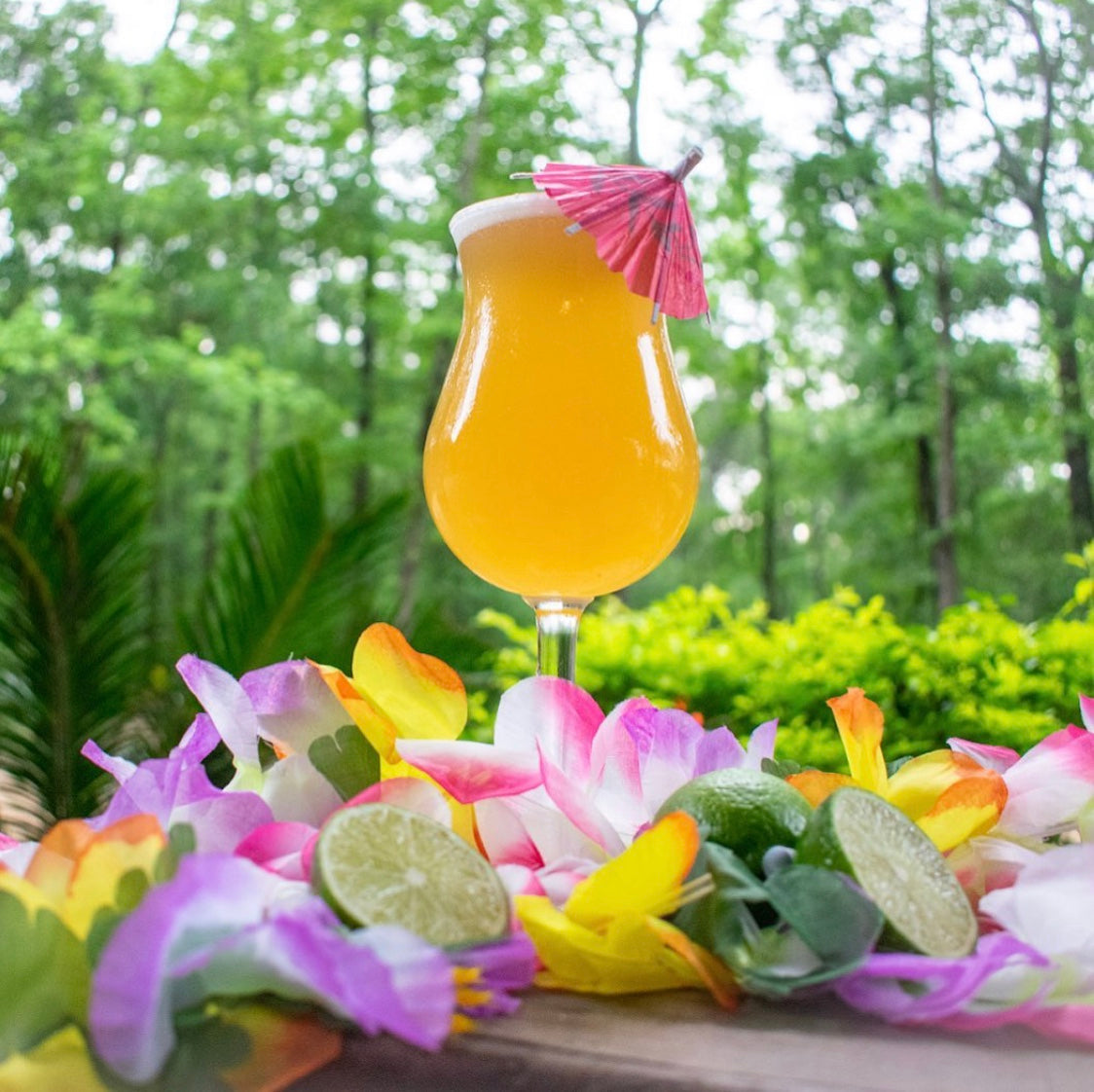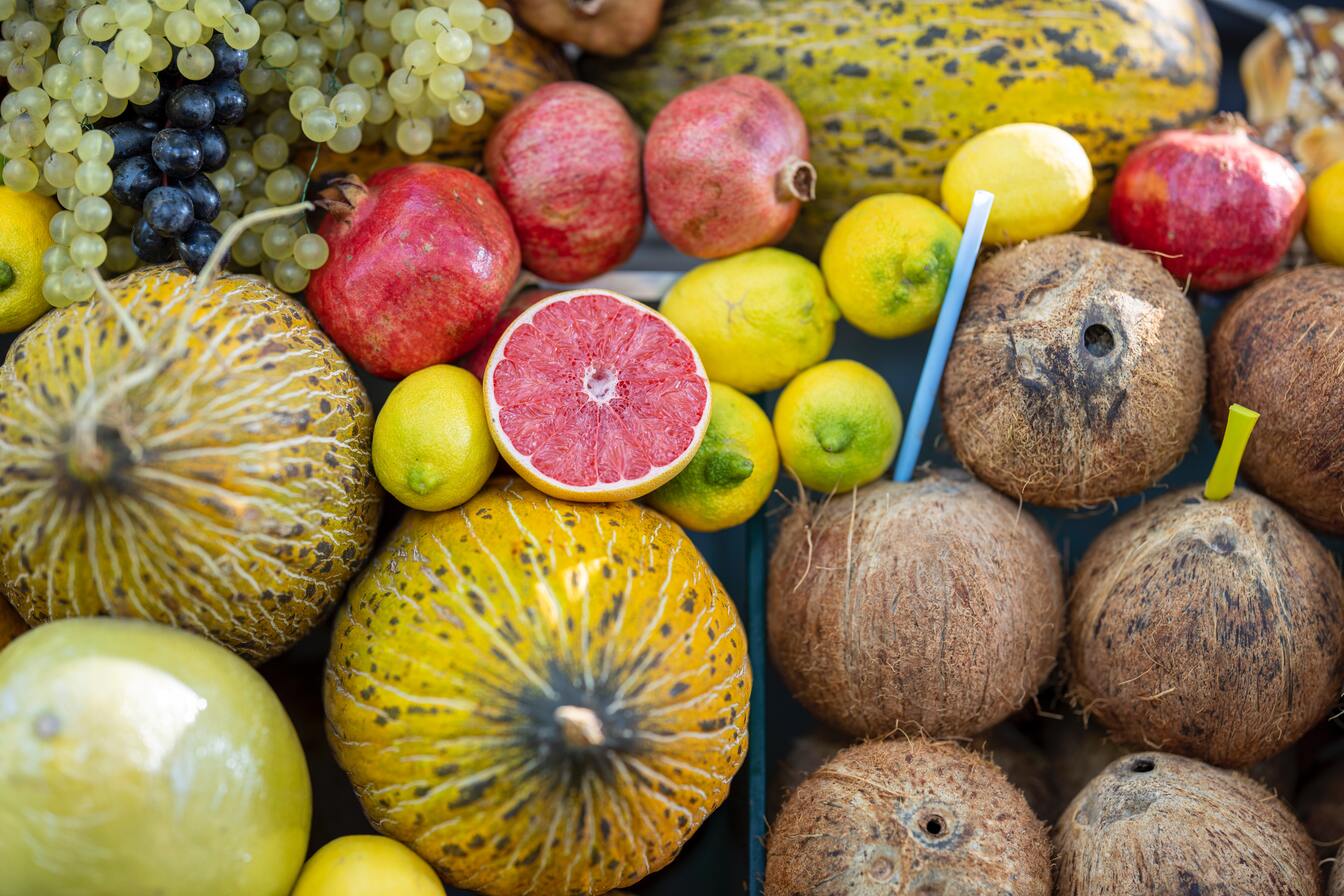7 Tips & Tricks for Brewing the Best Beer with Fruit Purees
Craft brewing has taken on a life of its own over the past ten years and now represents a quarter of the entire beer market in the United States. Beautiful, robust blends and unique flavors are a major draw for consumers who want more than a bland mass-produced, commercial beer.
Rich, flavorful fruit purees have made creating fruited beers simpler. Experiment with new brewing ideas and recipes to produce a winning combination for your craft brewery — whether you’re tasting with friends or on a commercial scale.
Here at Fierce Fruit, we have one of the highest quality fruit puree products on the market. We have sourced all of our fruit purees for brewing to guarantee our fruits are harvested at the pinnacle of ripeness. Our aseptic fruit purees are top class, rich flavors that will elevate your craft brewing to the next level.
We’ve put together a few of our favorite tips and tricks for brewing ideas to get fruited beer recipes just right!

1. Narrow Down Your Fruit Puree Flavor Choices
Make it easier to create the perfect blend by choosing tried and true favorite flavors. The most used fruits to pair in a fruit puree beer are:
- Cherry
- Raspberry
- Lime
- Strawberry
- Watermelon
- Pineapple
- Plum
- Pumpkin
- Orange
Now comes the art and the science. You can choose to refer to recipes or tastes that are familiar and involve the fruit puree flavors in the above list, or venture out completely with brewing ideas that are entirely your own.
A general rule of thumb is that quantities of hops and yeast should be selected and promoted to bring out a desired fruit flavor.
2. Stuck On Sours
When it comes to sour beers, strong and tart fruits make the best combinations. Think of raspberry and blood orange as excellent sour beer fruit foundations.
The key ingredient in sour beers are wild bacteria and yeasts. They combine during the brewing process and produce the tart, crisp flavors that are associated with sour beers.
The important takeaway in pairing a fruit puree with a sour beer is strength. Sour beers are known to exhibit sharp tastes that a strong fruit has to hold up to. Choose your favorite tart and strong fruits purees, like raspberry, blood orange, and tangerine purees to enhance your brewing ideas for a special sour!

3. What About Wheat?
Wheat beer is one of the most popular craft brewing picks. It’s light and crisp flavor is easy on the palate and delicious all year round.
Wheat beers are light enough to blend with nearly any fruit puree for brewing. Here’s your chance to get creative! Popular pairings include strawberry, pineapple, mango, and orange purees.
Fruity wheat beers can exhibit a lot of range. Neutral yeasts and special yeasts are used to create German Hefeweizens, Belgian Witbiers, or American Wheat Beers.
Try out a new recipe that you have been thinking about with a wheat beer + fruit puree combination.
4. I Heart IPAs
The India Pale Ale (IPA) is another tried and true craft beer brewing classic. English malt, hops, and yeast are the main ingredients for IPAs, and they pair beautifully with a wide range of flavors, including sweet fruit purees, exotic fruit purees, and tart fruit purees.
Some of our favorite IPAs add tropical fruit purees, like papaya and passion fruit.
These bold brews are the number one choice of craft brewers in the United States. Set your brewing ideas and recipes apart by creating subtle or bold well-balanced blends.

5. Serious About Stouts
The richest of our selections so far, the stout, is another popular beer for craft brewing. Fruited stouts often use fruits that pair well with rich, chocolatey notes.
Our favorite fruit purees to blend with stouts include berries and rich, earthy fruits.
Blend a stout and a delicious raspberry, blackberry, or strawberry puree. This is another great opportunity to try new flavors and fruits!
6. Primary Fermentation
There are two main techniques in producing fruited beers. One is adding the fruit puree for brewing in the primary fermentation step and the other in the secondary fermentation step.
When choosing to add fruit purees to the primary fermenter, general guidance is to wait until primary fermentation is almost done, and then add fruit puree to the wort.
Due to the fact that most purees have fermentable sugars in them, adding the fruits in the primary fermentation helps to prevent the wort from bubbling over.
However, adding fruit during primary fermentation should be avoided by homebrewers. Primary fermentation is when the mixture is the most fragile and when the beer is most vulnerable to infection.
Also it’s important to note, a vigorous primary fermentation will blow off many of the fruit's aromatic compounds. Please adjust your brewing ideas and plans accordingly!
 7. Secondary Fermentation
7. Secondary Fermentation
The second technique in making fruited beer is to add the fruit puree for brewing in the secondary fermenter.
This method requires less precision than adding the fruits in the primary fermenter; however, this method is difficult if you are using a small secondary fermenter (less than 5 gallons in size).
Fruit purees should be added long enough for sugars to ferment. This allows the full extraction of the fruit color, aroma, and flavor.
Keeping fruits for about a week in secondary fermentation is a good rule of thumb, in order to ferment the sugars of the fruit purees and generate full body flavors.
If your secondary fermenter meets the size requirements, choose this method to create amazing flavors!
Follow these steps to make your brewing ideas come to life with Fierce Fruit purees—simple, natural, and delicious!
